SUMMARY
This is AI generated summarization, which may have errors. For context, always refer to the full article.
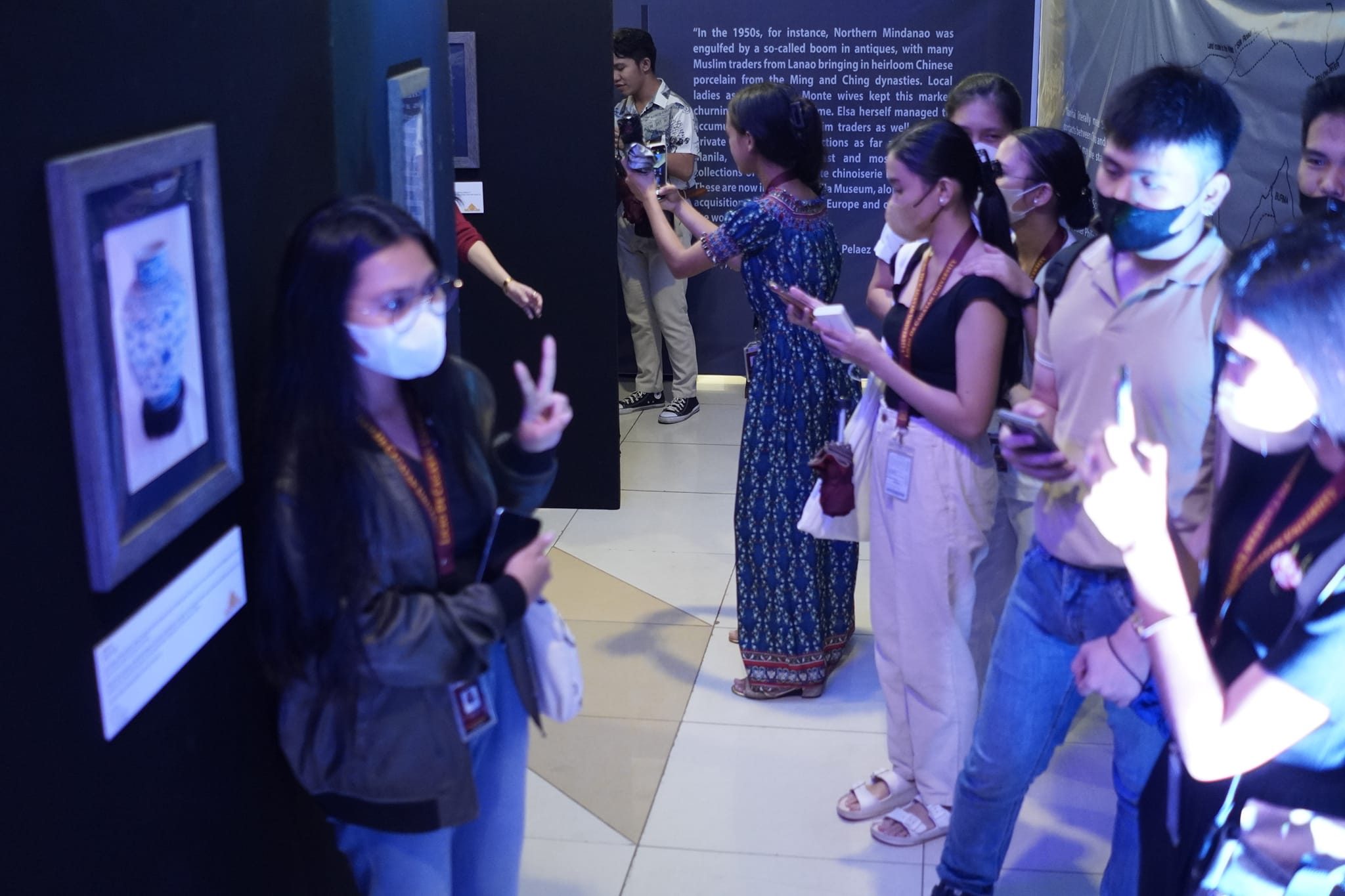
CAGAYAN DE ORO, Philippines – The rich and diverse heritage of Mindanao takes center stage in Cagayan de Oro, as one of the city’s oldest and biggest universities celebrates its 68th founding anniversary with an exquisite photography exhibition.
The exhibit, La Castilla Blue and White Ware: A Photography Exhibition, features select artifacts from the La Castilla Museum of Philippine Household Heirlooms collection and Antiques Repository of the family of Rodolfo and Elsa Pelaez, the founders of Liceo de Cagayan University.
Opened on February 13 and running until February 28, the special photo exhibit offers a glimpse into the rich history, culture, and tradition of Mindanao and the Philippines, highlighting one of the fascinating aspects of the collection – the blue and white ware, according to Kelly Ramos-Palaganas, the museum’s curator. (Editor’s note: An earlier version of the story misstated that heirlooms were included in the photo exhibit. This has been corrected.)
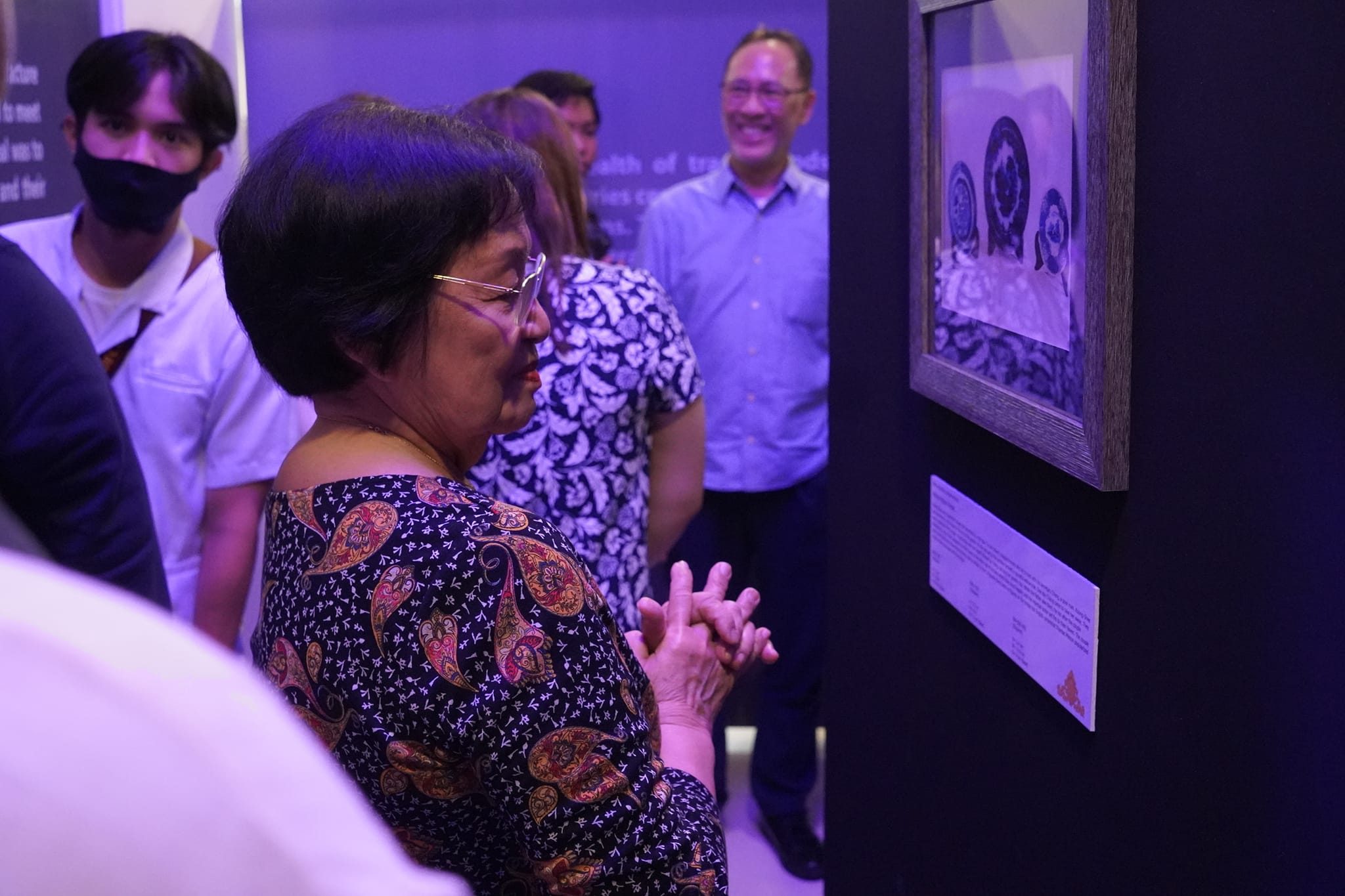
The artifacts on display are not only aesthetically pleasing, but they also provide a time capsule of Philippine history, culture, and tradition, and it showcases the collaborative efforts of various organizations to preserve and promote Filipino culture and heritage.
From old photographs, letters, embroidered textiles, and designer gowns from the late renowned Filipino fashion designer Jose “Pitoy” Moreno Jr., the museum takes visitors on a journey through time, showcasing how the Philippines has evolved over the years.
One interesting piece in the museum is a wedding gown from 1947, a testament to the timeless elegance of Philippine fashion.
The collection also features glassware, brassware, hardwood furniture, and stoneware jars, with the latter having a fascinating story that speaks of the boom in the Maranao trade in the 1950s.
The La Castilla Museum’s collection of blue and white ware is the highlight of the exhibition, dating back to the 14th century, with objects in the collection representing the European manufacture of blue and white ware as well.
Palaganas said the history of pottery is an interesting aspect of the La Castilla Museum.
The jars, in particular, have a fascinating story to tell of the boom in the Maranao trade during the 1950s. It was a time when Maranao traders from the Lanao provinces brought heirloom Chinese porcelain from the Ming and Qing dynasties.
Ms. Pelaez, one of the university’s founders, managed to accumulate one of the most impressive collections of blue-and-white chinoiserie made of Chinese porcelain in the region, Palaganas said.
Today, these jars are part of the La Castilla Museum’s impressive collection of blue and white ware, which dates back to the Ming Dynasty, and includes objects from English and Dutch ware.

The exhibit showcases how history unfolds through the objects in the collection, with stoneware and earthenware predating the discovery of fine clay by ancient potters, celadon ware of jade-like green, and objects from the last of the Chinese dynasties before the dawn of the China republic.
The objects are not just beautiful to behold but also serve to spark discussions about the Silk Road, maritime trade, and the role of Southeast Asia and the Philippines as trading ports.
For over three decades, the La Castilla Lifestyle Museum and Antiques Repository has been one of the keepers of Philippine history and culture, conserving and protecting cultural heritage.
By making the collection accessible to the public, the museum ensures that these artifacts and the stories they tell are preserved and passed onto future generations, said Palaganas.
The ongoing exhibition is one way of fulfilling that mandate, with the La Castilla Lecture Series being held as part of the event, featuring experts in the arts and culture. The talks range from academics to the economics and artistry of the collection on display.
The exhibition, organized as part of the 18th Cultural Season of Liceo and in time for the National Arts Month, is being held in partnership with the Cagayan de Oro City Tourism Office, Cagayan de Oro Historical and Cultural Commission, Ayala-Centrio, and Liceo de Cagayan. – Rappler.com
Add a comment
How does this make you feel?











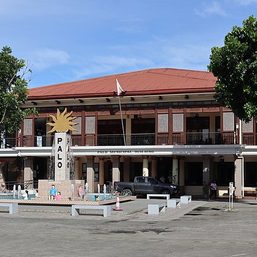
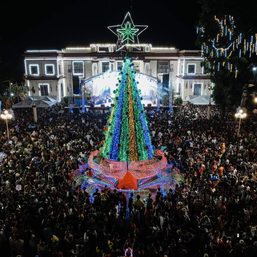
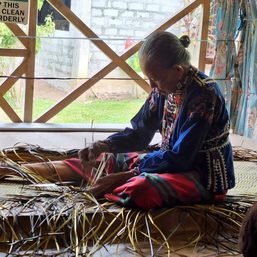



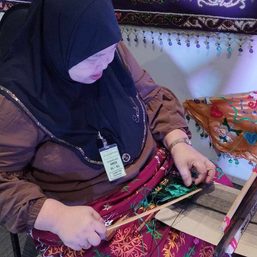
There are no comments yet. Add your comment to start the conversation.